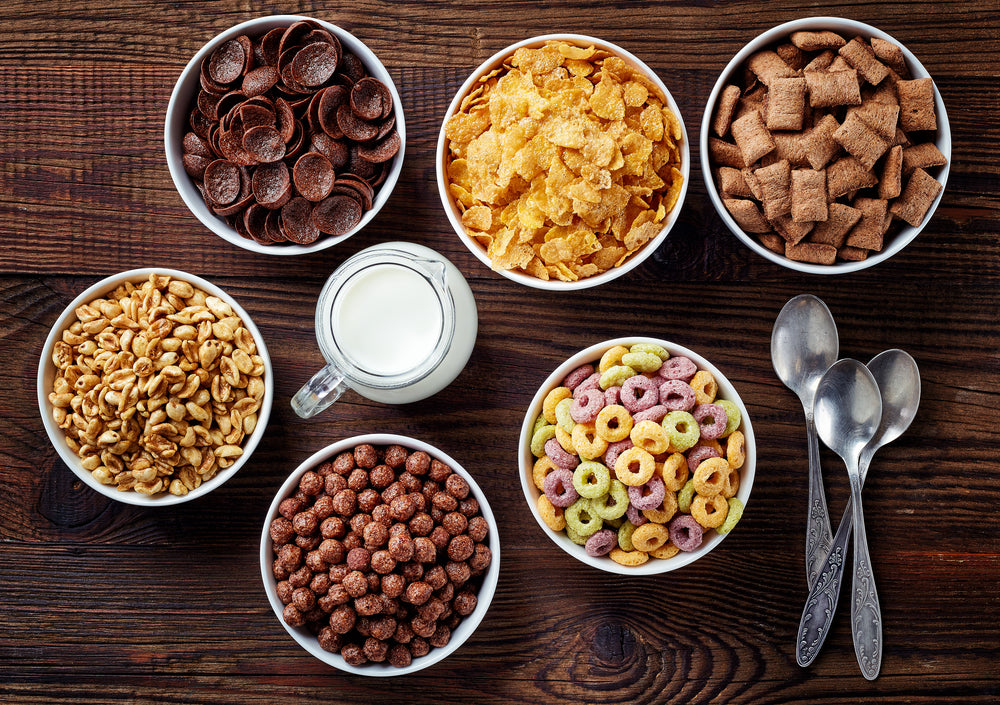Reading nutrition labels on products I’ve never bought before have become mandatory for me.
I believe everyone should get into the habit of doing so, because who doesn’t want to know whether they are eating harmful and unnatural ingredients or not? If you didn’t before, you should try to start now.
Believe me, you will start to be more aware of what you put in your body and create a better life for yourself. Why don’t people read nutrition labels? Maybe they don’t care or maybe they just don’t know what to look for.
I know that was a problem for me initially; I had to research a lot of the ingredients to know what was bad and what was good for the body. Even till today, there are some ingredients that I’m unfamiliar with.
Many of the additives in our packaged foods haven’t actually been tested by the FDA (US Food and Drug Administration) because they’re recognized as safe.
It’s said that substances “generally recognized” among experts as safe under the conditions of their intended use don’t require FDA testing and approval, leaving room for tons of loopholes for manufacturers to use potentially harmful ingredients in our foods.
Becoming a label expert takes some time, but to start, watch out for these additives to avoid.
Aspartame
Aspartame is an artificial sweetener found in “diet” or “sugar-free” products like diet soda, sugar-free gum and desserts, toothpaste, chewable vitamins, and even cereal.
Artificial sweeteners like this one have been associated with health problems like obesity, headaches, and some types of cancer. It also messes with the balance of our good and bad bacteria in our gut biome, which can affect multiple things from metabolism to mood.
High-Fructose Corn Syrup
A sweetener found in processed foods such as bread, candy, yogurts, salad dressings, canned vegetables, and cereals. This processed version of fructose is toxic to the liver, and too much may cause insulin resistance – a risk factor for diabetes and heart disease.
Monosodium Glutamate (MSG)
MSG is a flavor enhancer found a lot in some Chinese food, potato chips, snacks, cookies, seasonings, canned soup, frozen meals, and lunch meats. This additive is a common migraine trigger and goes hand in hand with high amounts of sodium.

Trans Fat
Trans fat is lab-produced and can be found in processed foods like margarine, chips, crackers, baked goods, and fast foods. It extends shelf life and improves the texture of foods, but with a cost. It is strongly linked to heart disease and diabetes.
Food Dyes: Blue #1 and #2, Red #3 and #40, Yellow #5 (Tartrazine) and #6
These artificial colors can be found in fruit cocktail, maraschino cherries, ice cream, candy, baked goods, American cheese, and a ton more. Some of these petroleum-based dyes have been linked to hyperactivity in children and cancer in lab animals.
Can’t imagine dye would be any better for adults. Thankfully, some companies have natural dyes, and although it’s rare, it exists. So try to avoid dyes as much as possible!
Caramel Color
You will see caramel color in sodas, beer, brown bread, chocolate, cookies, donuts, ice cream, and more. Some caramel color is processed with ammonia, which can produce potentially carcinogenic compound 4-methylimidazole.
Sulfites
Sulfites are preservatives and flavor enhancers found naturally in wine and beer. However, they are added to sodas, juice, condiments, and dried fruit.
The FDA estimates that about 10% of the population is sensitive to these sulfur-based compounds, causing possibly mild hay fever-like symptoms to life-threatening anaphylaxis.
Sodium Nitrate

Sodium nitrate is found in processed meats like hot dogs, lunch meats, bacon, and smoked fish. Some research suggests that it morphs into carcinogenic compounds in the body, but that’s still debatable.
Surprisingly, there are natural sodium nitrates in the form of celery powder.
BHA and BHT
BHA and BHT are preservatives found in some of our favorite snacks like potato chips, cereal, gum, candy, and Jello. As well as enriched rice, lard, and shortening.
They are manufactured from petroleum, and the National Institutes of Health reports that BHA is a likely human carcinogen.
What other additives do you think we should all try to avoid?

 Log in
Log in
